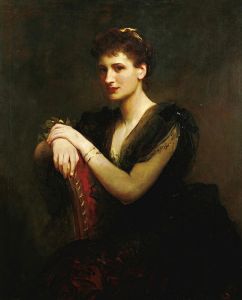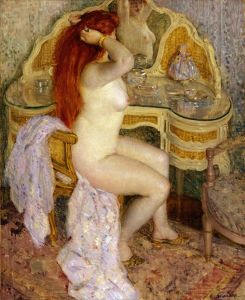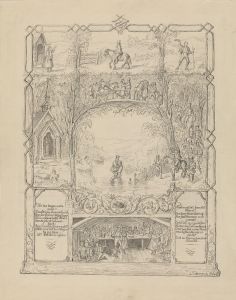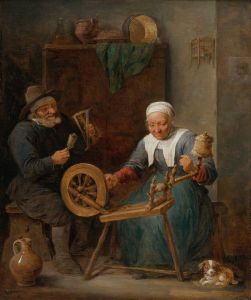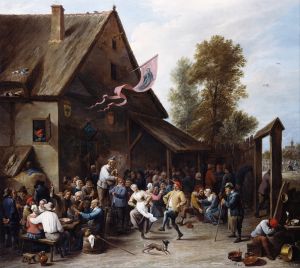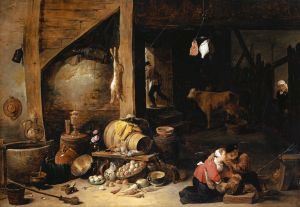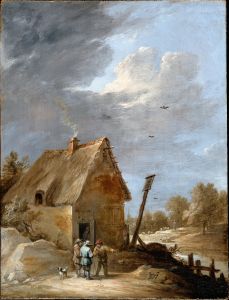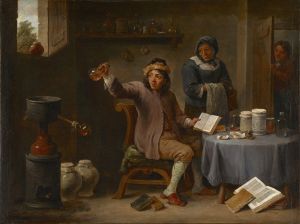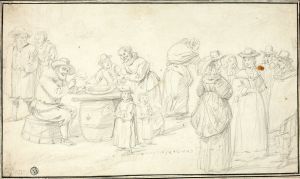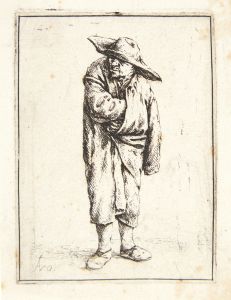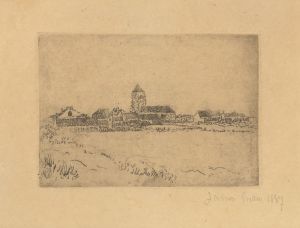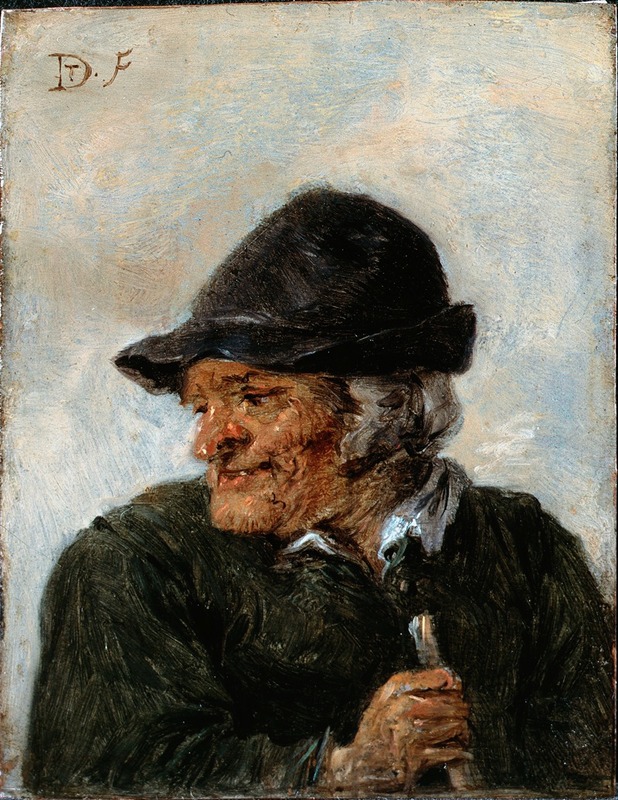
A Peasant
A hand-painted replica of David Teniers The Younger’s masterpiece A Peasant, meticulously crafted by professional artists to capture the true essence of the original. Each piece is created with museum-quality canvas and rare mineral pigments, carefully painted by experienced artists with delicate brushstrokes and rich, layered colors to perfectly recreate the texture of the original artwork. Unlike machine-printed reproductions, this hand-painted version brings the painting to life, infused with the artist’s emotions and skill in every stroke. Whether for personal collection or home decoration, it instantly elevates the artistic atmosphere of any space.
David Teniers the Younger was a prominent Flemish painter in the 17th century, known for his genre scenes, landscapes, and depictions of peasant life. Born in Antwerp in 1610, Teniers was part of a family of artists, with his father, David Teniers the Elder, also being a noted painter. Teniers the Younger became one of the leading figures in the Flemish Baroque tradition, and his works are celebrated for their vibrant detail, lively compositions, and insightful portrayal of everyday life.
"A Peasant" by David Teniers the Younger is one of his many works that focus on rural and peasant themes. Teniers had a keen interest in capturing the daily lives of common people, and his paintings often depict scenes of peasants engaged in various activities, such as working, feasting, or socializing. His ability to infuse these scenes with a sense of realism and vitality made his work highly popular during his lifetime and continues to be appreciated today.
Teniers' paintings are characterized by their meticulous attention to detail and the use of light and color to create atmosphere and depth. In "A Peasant," Teniers employs these techniques to bring the subject to life, capturing the textures of clothing, the expressions on faces, and the nuances of the setting. His use of color is particularly noteworthy, as he often employed a rich palette to enhance the vibrancy of his scenes.
The composition of "A Peasant" reflects Teniers' skill in arranging elements to create a balanced and engaging image. He often placed figures in dynamic poses, interacting with their environment in a way that draws the viewer into the scene. This approach not only highlights the activities of the peasants but also provides insight into their social interactions and the cultural context of the time.
Teniers' work was influenced by his contemporaries and predecessors, including Pieter Bruegel the Elder, whose depictions of peasant life set a precedent for later artists. Teniers built upon this tradition, adding his own unique style and perspective. His paintings were highly sought after by collectors and patrons, including members of the European nobility, which helped to secure his reputation as a leading artist of his era.
In addition to his genre scenes, Teniers also painted religious and mythological subjects, as well as portraits. However, it is his depictions of peasant life that remain among his most celebrated contributions to art. These works provide valuable insights into the social and cultural dynamics of 17th-century Flanders, offering a window into the lives of ordinary people during this period.
Today, David Teniers the Younger's paintings can be found in major museums and collections around the world, where they continue to be studied and admired for their artistic merit and historical significance. His ability to capture the essence of peasant life with authenticity and charm ensures that his work remains relevant and appreciated by audiences centuries after it was created.






